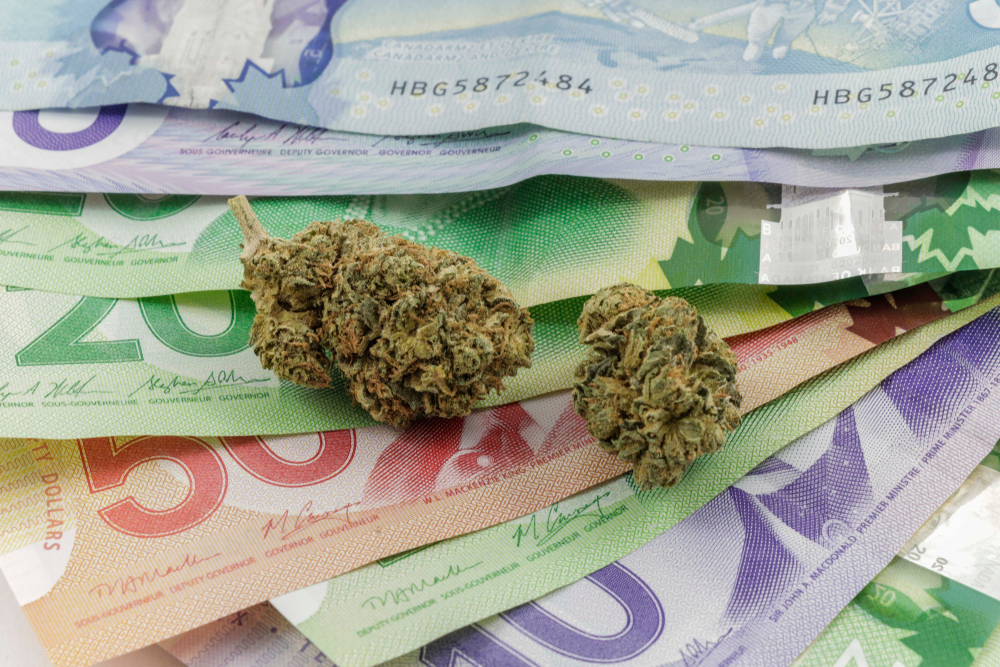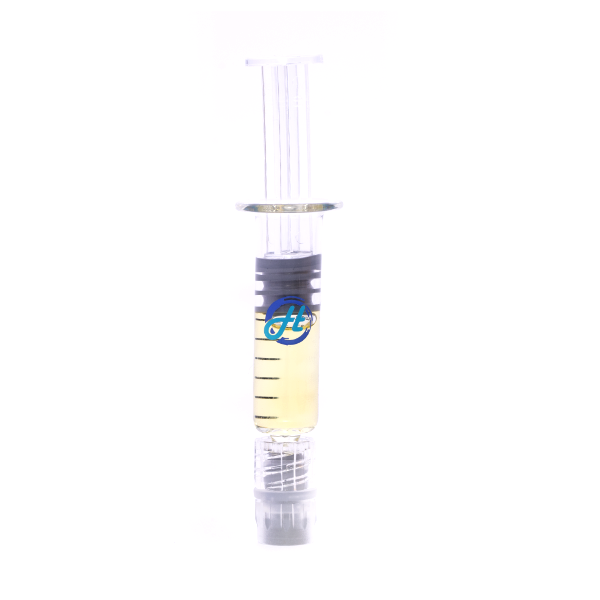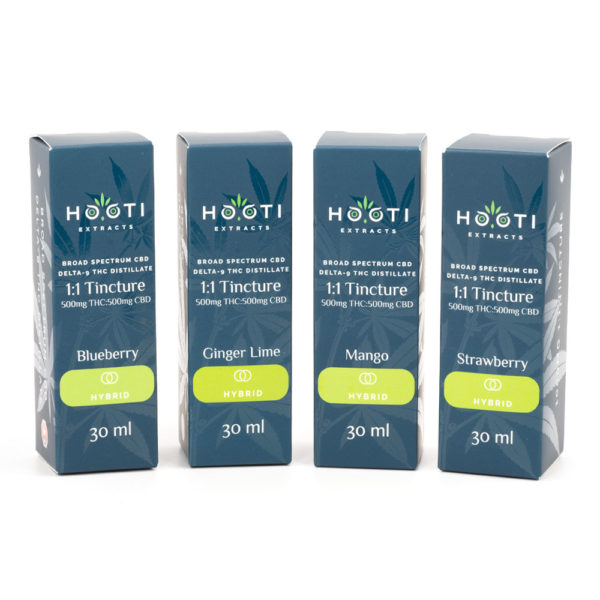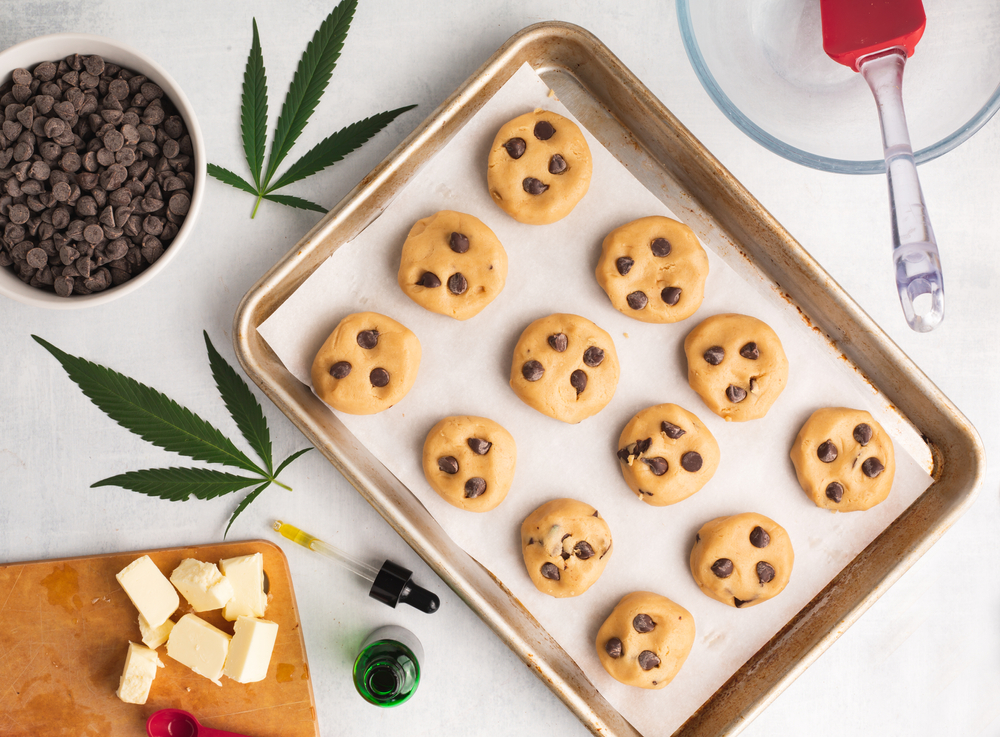Cannabis
Cooking with Cannabis – Do’s and Don’ts for Using Culinary Cannabis
The concept of cannabis-infused edibles isn’t entirely new, but cooking with cannabis has seen a substantial surge in popularity through entering the mainstream in recent years.
This uptick in interest is not just from recreational users looking to try their hand at cannabis cooking ventures either!
While it may appear daunting to the outside observer, learning to cook with cannabis is not as intimidating or challenging as one might initially think. In fact, it’s a lot easier than most people give it credit for!
Over the years, culinary connoisseurs from all walks of life, from at-home chefs to professionals, continue to realize the untapped potential of utilizing cannabis-infused recipes and dishes.
Today, we’re exploring the ever-expanding world of cannabis cooking, how some chefs are using it to elevate dining experiences, some of the most common rookie mistakes for first-time cannabis chefs and some of the most versatile products to play around with when making cannabis-infused foods.
After this post, you’ll be well on your way to saying bon appétit with bud!
Let’s get into it.
How Professional Chefs are Utilizing Cannabis to Elevate Dining Experiences
The world of professional culinary arts is all about invention, creativity, and revitalization. As such, many professional chefs are expanding on these common themes by experimenting with incorporating marijuana into their various recipes.
Some have even ventured to organize entire events surrounding cannabis infusion. For example, Toronto’s “A Cure for the Munchies,” an event hosted in April 2019 featuring an eight-seat culinary experience put on by Munchy Brothers, a cannabis edibles company featuring a four-course cannabis-infused menu.
According to a CTV News report, the event, presented by communal dining service U-Feast, sold out in less than 10 minutes, which only goes to show the ever-increasing popularity and interest surrounding how to cook with cannabis.
In fact, the report continues that the tickets for a second and third night were on sale for $110 per seat.
Apparently, it pays to cook with pot!
According to a separate article from the Georgia Straight, cannabis has become a “doorway into a new culinary art.” Travis Petersen, a former contestant on the popular cooking competition show Master Chef, has experienced this firsthand through the boom in popularity of his weed-infused-dining series he started on 4/20 in 2018.
A tried and true BC native, Petersen gained the title of “Canada’s leading weed chef” in less than a year, travelling from province to province to host private weed-infused dinners under the name the Nomad Cook, the Georgia Straight report explains.
“Canadians are craving this. It doesn’t matter where I take the infused-dining series. They fill up,” Petersen describes.
Even further still, the increased demand for these types of experiences, and the influx of interest surrounding how to cook with cannabis in general, has inspired its own niche market that has seemingly seeped its way into modern media, as well.

One of the best ways to illustrate this point is to mention the various marijuana-themed TV shows available for viewing right now, including “Bong Appetit” on Vice and “Cooking on High” on Netflix. Even already-established shows have received a reefer revamp, such as the introduction of “Chopped 420” on 4/20 of this year.
The show debuted as a limited series that follows the same format as the original popular culinary competition, “Chopped,” in which four chefs compete through a three-course elimination format for the chance to win the grand prize of $10,000.
All this is to say that the demand for cooking with cannabis, both from a professional chef expansion strategy to marketing and widespread television viewership, is at an all-time high with no signs of slowing down!
5 Rookie Mistakes For First-Timers Cooking with Cannabis
As we said, these days, interest in learning how to cook with cannabis is rampant. So much so, in fact, that there are now dedicated certificates that one can work towards to become specialized in culinary cannabis and edibles.
That said, not everyone has the time or desire to reach that high – pun intended – of a level. With this in mind, we’ve created a list of 5 rookie mistakes that first-time cannabis chefs make when trying to cook with marijuana to help you best avoid making them.
Cooking with Raw Cannabis
This mistake comes as by far the most common mistake made by newbies learning to cook with cannabis.
Unfortunately, raw weed won’t do you any good if the ultimate objective is to get high or reap the therapeutic benefits of marijuana.
Heat is a necessary component of ‘activating’ the THC and/or CBD present in cannabis. This process is known formally as decarboxylation. The fancy name may make it sound complicated, but it’s really not. All decarboxylation requires is preheating your oven to 110-120°C, placing some ground weed on a breaking sheet and popping it in for roughly one hour.
During that time, you’ll need to stir the bud at least every 15 minutes. Essentially, you’re looking to bring out the active compounds in weed without burning them, so equal coverage is key.
Grinding Cannabis Too Finely
We know that we said to place ground cannabis on the baking sheet before decarboxylating it.
However, grinding your cannabis too finely can have some negative consequences. Over pulverizing your weed can result in edibles having a grassy flavour that some users may not particularly enjoy.
If you’re making your own cannabis-infused recipes to use in creating other cannabis edibles, such as cannabutter or cannabis oil, this may also cause them to turn a dark shade of green.
While some cannabis chefs recommend using a food processor or coffee grinder to grind weed, we would instead recommend using a coarse grinder, instead!
Spending Too Much Money on Cooking with Cannabis

When it comes to cooking with marijuana, it doesn’t take much.
Another common rookie mistake is to spend the big bucks on bud, even if you’re just initially experimenting with how to cook with cannabis.
Typically speaking, you don’t need to break the bank to get the potency you’re after.
Unlike more conventional ingestion methods, like smoking, you don’t need to necessarily use the creme de la creme weed strain for cooking purposes. The cannabinoids and terpenes you’re looking to incorporate into your edibles can also be found in weed shake, stems, leaves, trim, and cheaper bud alternatives, such as popcorn weed.
Ultimately, it’s best to save the real top-of-the-line stuff for smoking and pinch your pot pennies when it comes to making cannabis-infused edibles, especially when you’re just testing it out for the first couple of times.
Ignoring Portion Size
Portion size is crucial in determining how potent your cannabis edibles will be. It’s crucial to calculate the dose and avoid greening out.
Typically, most bud available on the market today has a THC concentration ranging from 15-20% THC. Still, it’s hard to gauge this when you’re cooking with it.
Essentially, if we were to create a hypothetical where 100% of the THC from weed is transferred into your edibles, a strain with 20% THC would break down to 1 gram of bud, equating to 1000 mg of dry wait and thus 200 mg of THC.
So, if you’re a novice toker experimenting with making edibles, you should stick between a range of 5-10 mg per edible.
Roughly speaking, 1 gram of weed would make you 20 edibles.
That said, we don’t live in this hypothetical world, and 100% of the THC in weed does not make its way into your final batch. In reality, it’s more like 50%.
So, if you’re aiming to make 20 edibles from a 20% THC strain, you’re going to need roughly 2 grams of bud.
Sticking Strictly with Bud
Smoking different weed strains might produce other effects and highs, but these traits aren’t likely to transition into edibles.
While terpenes are responsible for the distinct smells and flavours of all cannabis strain varieties, they get destroyed during the decarboxylation and cooking process.
So while you might feel inclined to pick up some AAAA bud to make some AAAA edibles, the reality is that whatever bud you pick will most likely not make that big of a difference.
Instead of sticking to and splurging on expensive bud, try using different cannabis products. Making your own weed oil or weed butter is fun and exciting, but it can also be incredibly time-consuming. Not to mention the dank smell that will inevitably linger afterwards!
Tinctures, distillate and isolate, are all cannabis concentrates that can be added directly into your dishes without extra prep work. You won’t have to grind your weed or simmer it in butter for over an hour – these products are ready to go at the drop of a hat.
Another benefit? Concentrates such as distillate and isolate won’t infuse your dishes with the pungent smell of cannabis. While many enjoy the signature taste of weed, many more could do without!
Easy Products to Incorporate into Cannabis Cooking
When approaching cooking with cannabis for the first time, it can be intimidating to try and figure out what the correct products to use are, especially if you don’t want to go through the process of creating your own cannabis extract or cannabis-infused ingredients, such as butter or oil, from scratch yourself.
Have no fear. We’re here to help! Below are some of our hand-picked suggestions for easily integrating cannabis-infused ingredients and how to use them.
Miss Envy THC Infused Olive Oil

Olive oil is widely known as one of the most versatile cooking ingredients in existence. Taking it to the next level by adding THC into the mix? Inspired!
The Miss Envy THC Infused Olive Oil is ideal for making salad dressings, dips, and any other everyday creations you feel inspired to make! Each 100mg bottle contains 300 mg of THC, which measures out to 15 mg per teaspoon.
Not to mention, it’s 100% fair-trade organic, so you can feel 100% good about your purchasing decision!
Hooti Extracts THC Distillate Syringes

The beauty of a distillate, such as Hooti Extracts THC Distillate Syringes, is that they are flavourless and odourless, making them a blank culinary slate ready for anything!
Each syringe contains pure THC distillate made using a closed-loop CO2 extractor, which is then distilled using a short path distillation three times, making it as pure as possible.
With its vivacious versatility, you can incorporate this THC distillate into a wide range of different dishes and recipes, including using it in sauces, adding it to soups and even pairing it with your favourite beverages. After all, what better way to spruce up your morning coffee than with a little extra boost from your good friend THC!
Hooti Extracts 1:1 Hybrid Tinctures

When it comes to making edibles, you shouldn’t have to choose between THC and CBD. With Hooti Extracts 1:1 Hybrid Tinctures, you can have the best of both worlds!
These tinctures contain the perfect blend of Delta-9 THC distillate, broad-spectrum CBD extract and delicious natural fruit flavours. With this, you don’t have to compromise. You can experience the full benefits of both THC and CBD all in one convenient tincture.
Cooking with cannabis has never been easier! Simply measure out your desired dosage and add it into your sauces, drinks, soups, smoothies or whatever your heart desires.
Cooking with Weed – Endless Reefer Recipes
Like with regular food, cooking with marijuana is a process of trial and error. There will be heroic triumphs and some recipes that are just okay, but it’s all part of the experience!
We hope our tips for some of the most common rookie mistakes will help you plan out your next culinary endeavour, whether it’s for the first time ever or you’re going back to the drawing board to try again. That said, experimentation is the name of the game, and the beauty of cooking, in general, is that you get to have fun and be creative.
Incorporating cannabis into your cooking is yet another outlet that marijuana can help enhance and expand.
What are some of your favourite weed recipes? What would you like to try next? Let us know!

